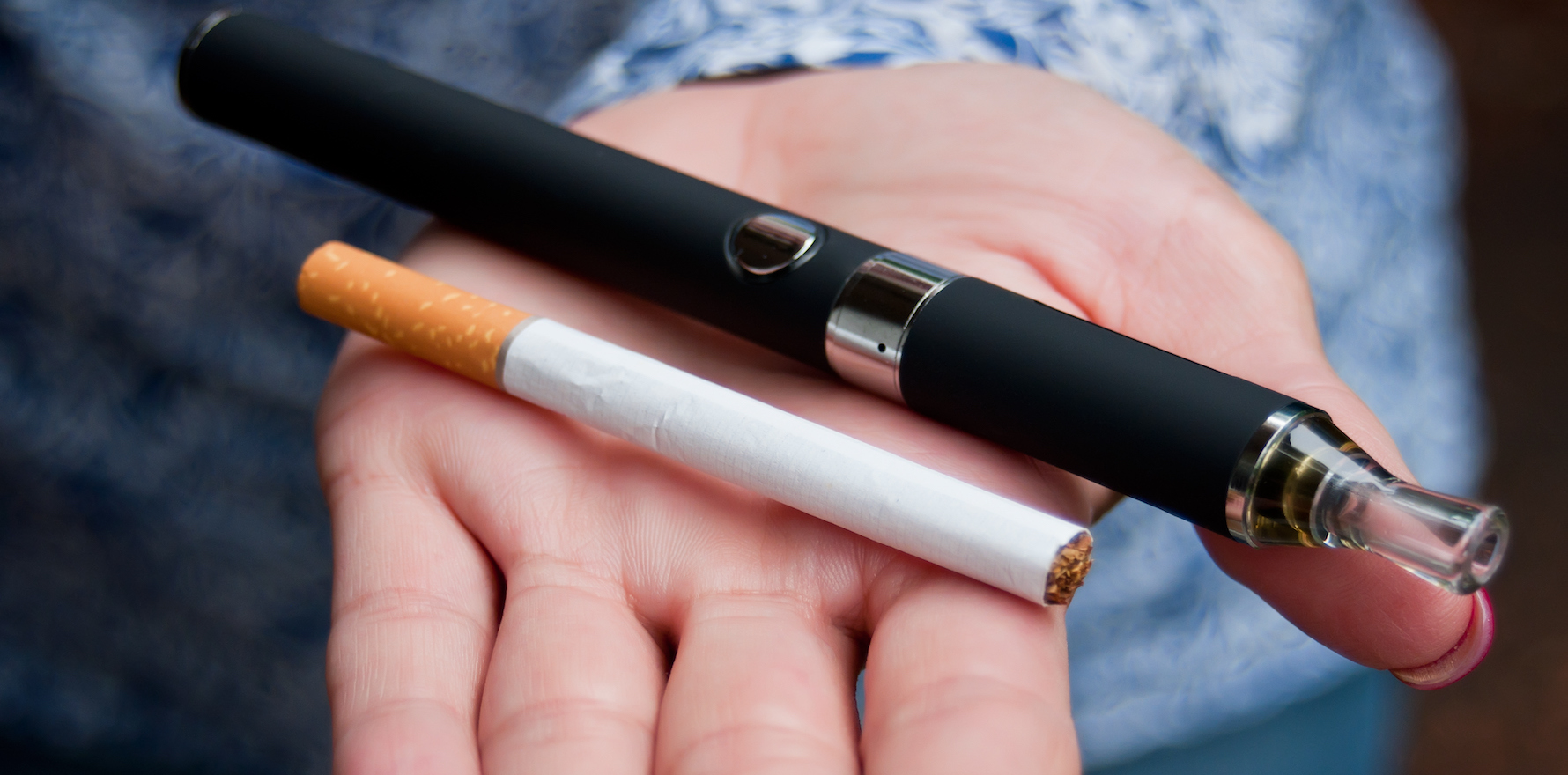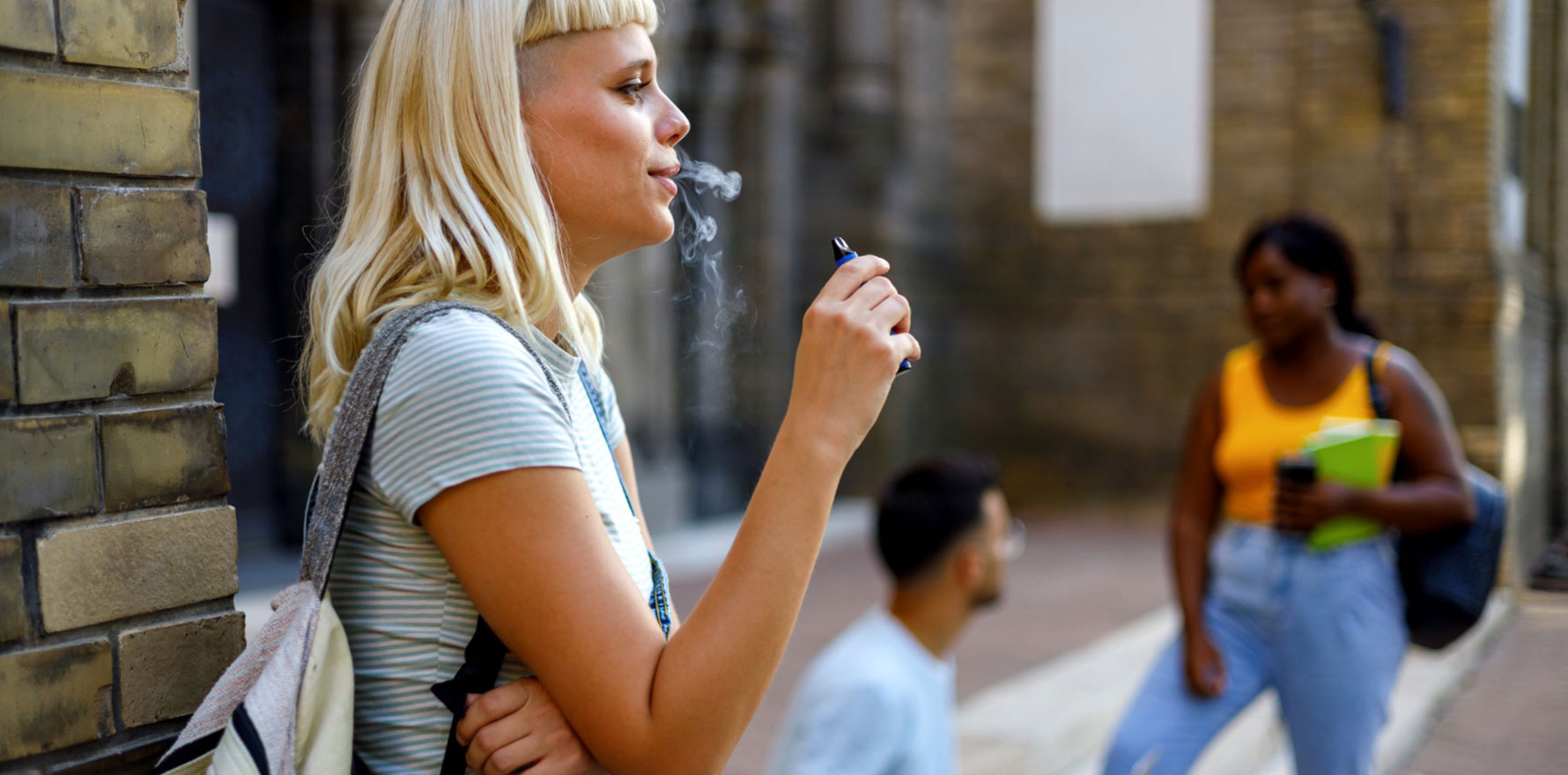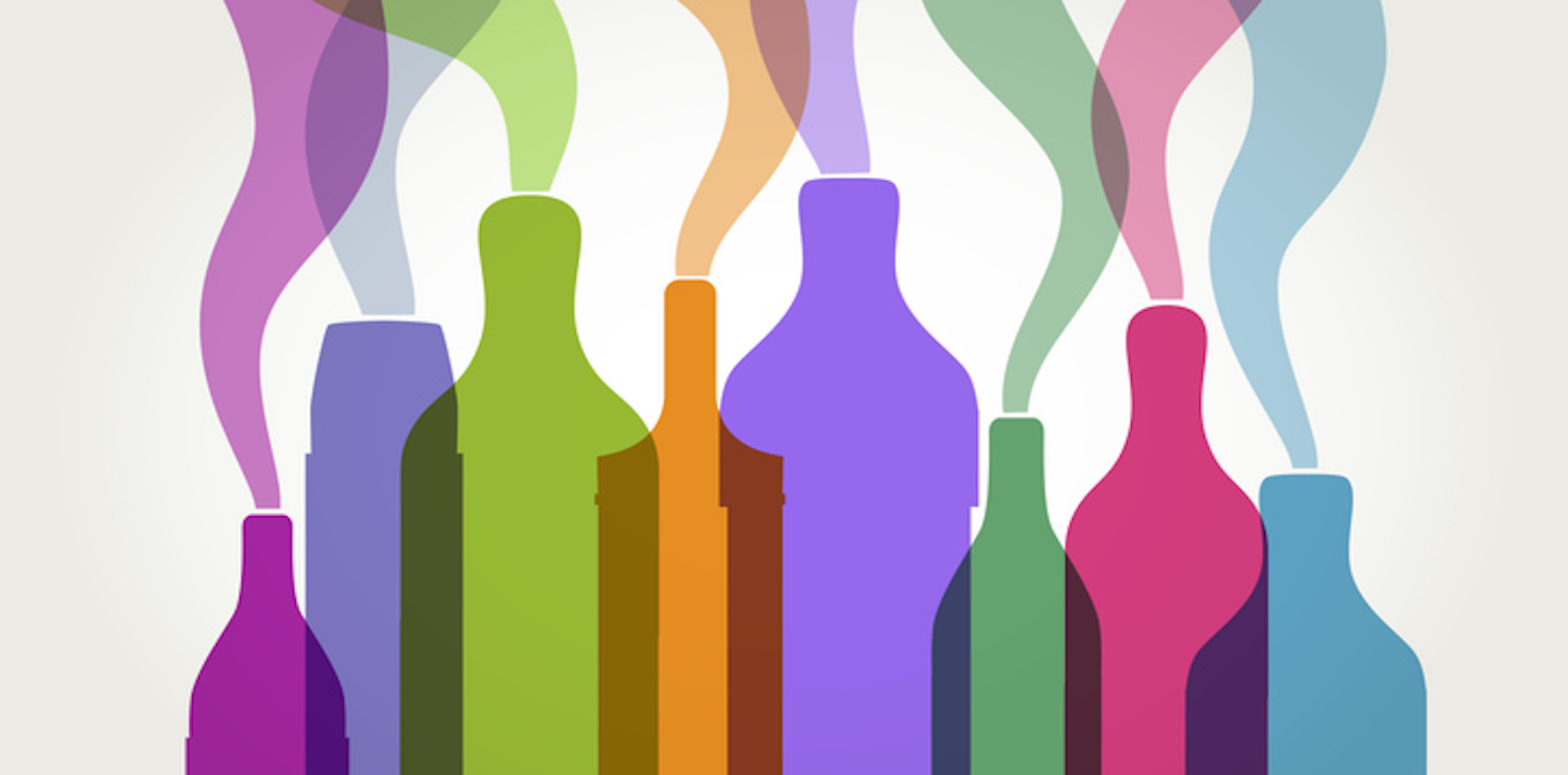The steady decline in smokers over the past two decades should not lull us into a false sense of security.
While tobacco smoking continues its steady descent, e-cigarette, including vape, use has tripled since 2019, according to survey results from the Australian Institute of Health and Welfare.
This year’s National Drug Strategy Household survey 2022-2023, published today, included data from over 21,000 Australians over the age of 14 on their use and thoughts on e-cigarettes, alcohol, illicit drugs and tobacco.
According to the study, the number of people regularly using e-cigarettes and vapes has almost tripled from 2.5% in 2019 to 7% in 2022-2023.
This was most common among younger age groups, who were more likely to use vapes and e-cigarettes and less likely to smoke tobacco, the report found.
“Vaping was most common among people aged 18–24, with current use increasing substantially between 2019 (5.3%) and 2022–2023 (21%),” said AIHW spokesperson Dr Gabrielle Phillips.
“Half (49%) of people aged 18–24 reported having tried an e-cigarette in their lifetime,” she said.
Older adults were the least likely to smoke e-cigarettes but the most likely to smoke tobacco in 2019 and 2022-2023.
The survey found that less than 10% of people in Australia smoke daily, dropping from 24% in 1991 to 8.3% in 2022-2023.
Almost two-thirds of Australians have never smoked, up from just under half in 1991.
Speaking to Health Services Daily, Professor Nick Zwar, chair of the RACGP’s smoking cessation guidelines’ expert advisory group, said it was “rather alarming” to see that a fifth of people over 14 had used an e-cigarette and was concerned to see the “substantial” rise in regular vapers since 2019.
While the October 2021 regulatory changes seem to have had little effect on vaping numbers, he agreed that the new reforms would likely prove more effective.
“There was a very large loophole in the previous arrangements in that retailers could continue to sell vaping products legally if they didn’t have nicotine on the label,” said Professor Zwar.
“But in fact, when tested, between 80% and 90% had nicotine in them.”
As of 1 March, the import of all vapes without a licence and permit will be banned.
Yesterday the government announced a “new influencer-led youth vaping campaign” which will use TikTok to combat misinformation.
The influences involved will include Ellyse Perry, Ella Watkins, JackBuzza and the Fairbairn Brothers among others.
Professor Zwar noted that the new laws would be much easier to regulate, “because the only way it can be sold legally is through the therapeutic pathway”.
He applauded the continued drop in daily smokers, while saying “progress on reducing smoking has not been as rapid as the tobacco strategy had hoped, and we didn’t achieve the target of less than 10% that was in the previous tobacco strategy”.
As we move forward with the new national tobacco strategy, while general prevalence in the general community is lowering, there are groups – Aboriginal and Torres Strait Islander peoples, those from lower SES communities, and those with mental health issues particularly – where prevalence remains substantially higher, said Professor Zwar.
Associate Professor Becky Freeman from University of Sydney’s faculty of medicine and health warned that it was important that the consistent fall in tobacco smokers didn’t foster complacency as “the tobacco industry continues to have a presence in all our communities”.
Ultimately, Australia’s drug of choice remained alcohol, with 77% Australians reporting consumption in the preceding year.
A third of people drank in ways that put their health at risk in 2022-2023.
While most of these people were men – 39% versus 23% women – the proportion of males drinking at “risky levels” has steadily decreased since 2007.
“Despite updated guidelines to reduce alcohol-related harms, the proportion of people in Australia who drink alcohol at risky levels has not changed since 2019,” Dr Phillips said.
But among young people aged 18-24, the survey saw an uptick in the number of individuals who had never had a glass of alcohol (16.3%) or drank alcohol less than monthly (20%).
“Overall, there are positives which can be taken from these new survey results with the increase in the number of young people abstaining from drinking, however, there is still a concerning number of young people who are drinking at levels which put both themselves and others at risk of harm,” said Tara Guckel, a research officer from The Matilda Centre.
Related
According to the 2022-23 data, a fifth of people in Australia over 14 used drugs in the preceding year.
While the use of many illicit drugs, including cannabis and cocaine remained relatively stable, there was a minimal increase in hallucinogen and ketamine use, and minimal decrease in ecstasy and non-medical use of pain-relievers.
“Non-medical use of pain-relievers and opioids, such as codeine or oxycodone, declined from 2.7% in 2019 to 2.2% in 2022-23,” said RACGP Alcohol and Other Drug spokesperson and Sydney GP Dr Hester Wilson.
“This is very welcome, so let’s harness this momentum to drive down harmful non-medical opioid use even further.”





